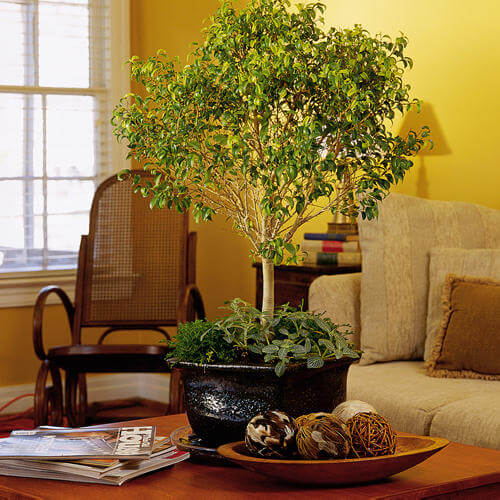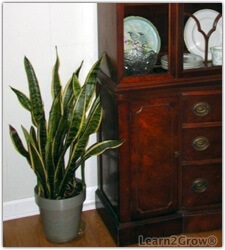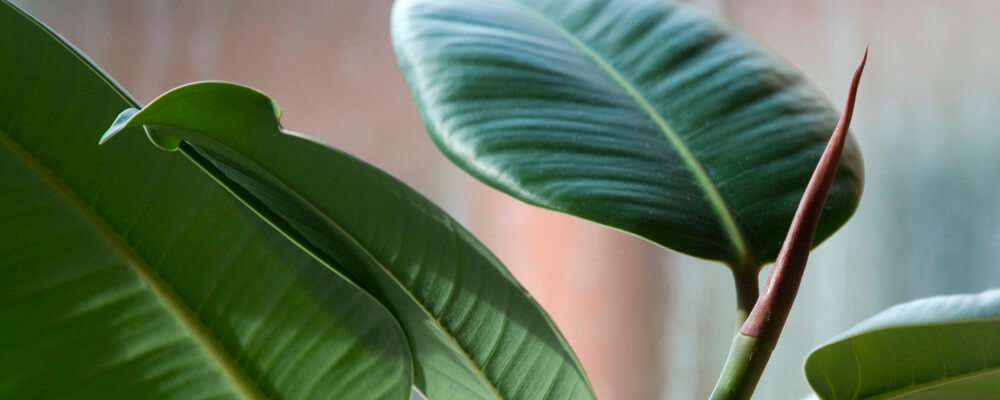Whether or not you love winter, there is no denying that New England winters are a long time to go without seeing green and growing things. Indoor plants are a wonderful way to enjoy green year round and their benefits are numerous: plants really do increase happiness and productivity; clean the air; reduce stress; and add overall appeal to our living spaces.
However, indoor gardening can be as challenging as it can be fulfilling. The key to success is to mimic your plants’ natural environment via watering and humidity levels, nutrient additives and light.

When it comes to watering and creating humidity for indoor plants, we tend to over-water and under-humidify. When I water, the best method is to stick your finger directly into the soil as deep as you can and feel if it is moist. Over-watering is just as common as under- watering as a cause of plant death. Look for the loss of a lot of green leaves, wilting, and yellowing of leaves. And while some drainage from the pot is okay, if the underliner is filling, you are putting in too much water. Soil that is too wet can cause root rot. To accommodate for humidity, I simply fill a spray bottle with water and spritz the top of the leaves twice a week, as most plants like a 50% humidity environment. This helps keep dust off the plants as well.
Adding nutrients to indoor plants is important but it is equally important not to add too much and will require re-evaluation over time and season. For example during the growing season, plants need higher levels of nitrogen in order to produce new leaf growth and blooms but during dormant months that level can be much reduced. Plants require three major elements for healthy growth: nitrogen (N), phosphorus (P), and potassium (K). These are always listed on fertilizer labels in the form of a three number ratio. For example, 20-12-8 indicates 20 percent nitrogen, 12 percent phosphorus, and 8 percent potassium. In addition fertilizers (mostly) also contain some of the minor elements — magnesium, boron, iron, etc. — that plants also need for growth. In general a fertilizer rich in N will stimulate healthy, green growth of foliage and blossoms, while fertilizers that are rich in P will encourage good root development and improved flowering. Lastly, fertilizers rich in K will help build up reserves for plants that have a dormant period.

Lastly, make sure your plant is getting enough light. It’s important to know what light levels your plant prefers. Direct light, indirect light in a well lit room, or low light are important distinctions. Some plants like ficus and aloe require as much light as they can get whereas philodendron or snake plants require little light.Don’t forget to rotate the plants every once in a while so they continue to have well-rounded growth.
One last fact to keep in mind is that plants, as do all living things, have lifespan. So if you have a plant that is struggling, whether from advanced age or just poor health, it may be time for it to be replaced. Stressed plants are more likely to attract insect and/or disease issues that can spread to your other plants. No matter how much nurturing you give, it may not be revived and it is better to replace it than risk the health of your other plants.
So add a little, or a lot of green to your home environment with gardening indoors this winter and then enjoy it year round.


